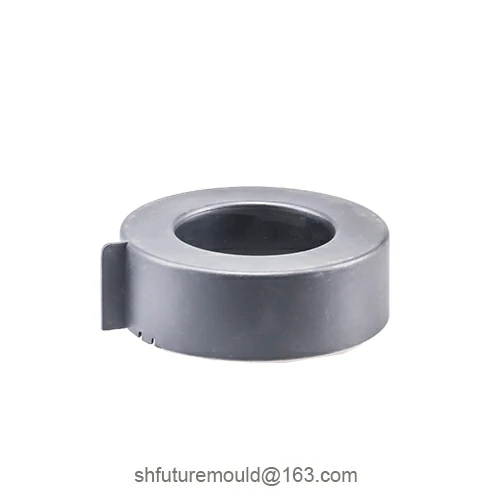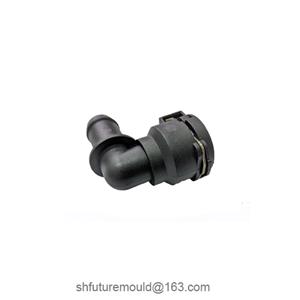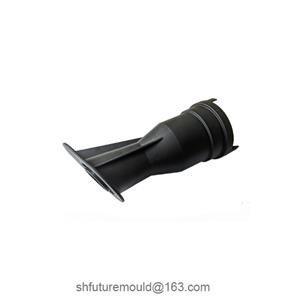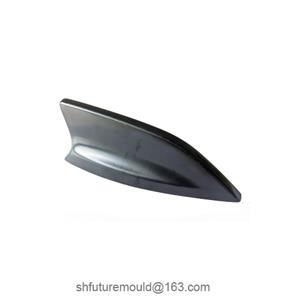Wie lassen sich Verformungsprobleme bei dünnwandigen Produkten lösen?
The deformation of thin-walled plastic products refers to the phenomenon that the shape of the product deviates from the design shape during the production or use process. It is a common quality defect that can affect the performance and appearance of the product.
Common causes of deformation in Thin-walled products:
1. Residual Stress: Plastic can generate residual stress during the molding process, which can cause warpage after the product cools down. There are many reasons for residual stress, including product shape, uneven wall thickness, uneven cooling, and poor demolding.
2. Shrinkage: Plastic will shrink during the cooling process, and the shrinkage rate of different types of plastic is different. If the product wall thickness is uneven, it will cause uneven shrinkage, which can lead to product deformation.
3. External Stress: Thin-walled plastic products may be subjected to external forces during production, transportation, or use, which can cause deformation.
Specific solutions for deformation issues of Thin-walled products:
1. For deformation caused by residual stress, the residual stress can be eliminated by annealing. Annealing is the process of heating a plastic product to a certain temperature and then slowly cooling it down. Annealing can rearrange the polymer chains in the plastic, thereby eliminating residual stress.
2. For deformation caused by shrinkage, the problem can be solved by adjusting the mold size or using modified plastics. Adjusting the mold size means designing the mold size slightly larger than the product size to compensate for the shrinkage of the plastic. The use of modified plastics refers to the use of plastic materials with lower shrinkage rates.
3. For deformation caused by external stress, the problem can be solved by strengthening the packaging or improving the product structure. Strengthening the packaging means using more robust packaging materials to protect the product. Improving the product structure means adding support structures to the product design to improve the rigidity of the product.
4. For ultra-thin products, the design should be optimized according to the product's thickness and features. For example, for products with large flat areas, Moldflow can be used to check for warpage deformation in advance, and the deformation amount can be added to the product. In addition, appropriate ribs can be added according to the product design to prevent large-scale deformation of the product.
5. The cooling effect of the mold must be sufficient, because ultra-thin products have higher requirements for the injection molding process, so a sufficient cooling effect is essential.
In addition to the above solutions, there are other methods to solve the deformation problem of thin-walled plastic products, such as vacuum-assisted molding, gas-assisted molding, and water-assisted molding. The specific method should be selected according to the actual situation.




